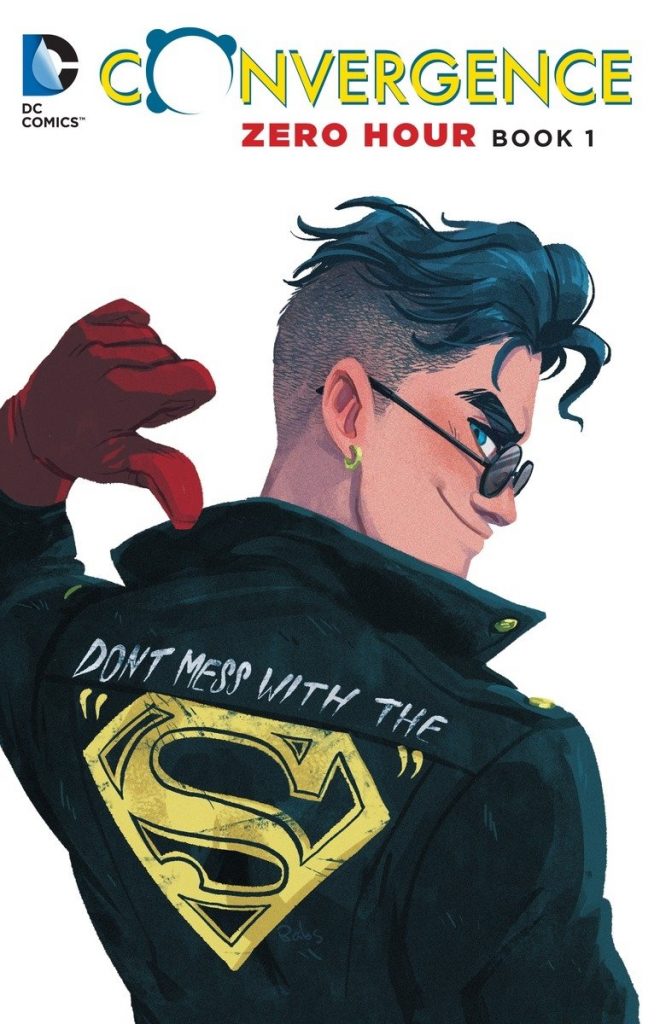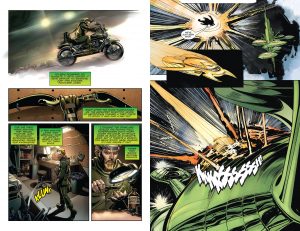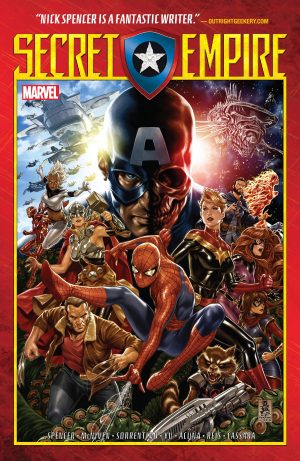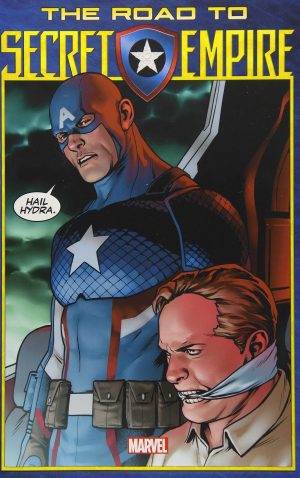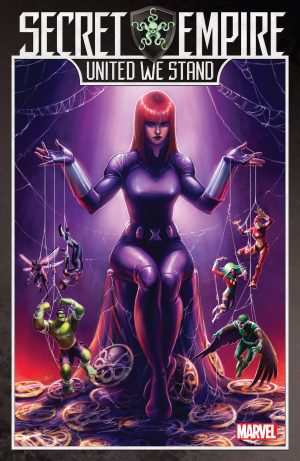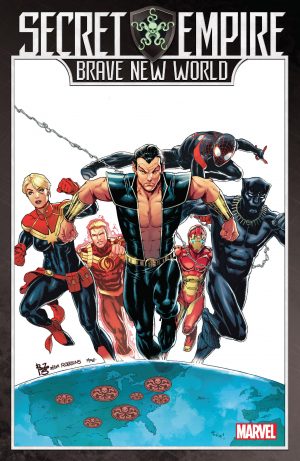Review by Frank Plowright
Convergence was DC’s 2015 event method of restoring most original versions of DC’s superheroes, supplanting the ‘New 52’ characters introduced four years previously. It’s achieved via the usual massive dust-up involving dozens of superheroes, with the greater novelty found in eight tie-in graphic novels, issued as a Book 1 and Book 2 per theme, each containing five stories running over two chapters. These can be enjoyed without reference to Convergence, and are aimed at older fans by featuring the characters as they were in earlier eras, in the case of Zero Hour approximately the mid-1990s. Assorted home cities of that era’s superheroes have been trapped in impenetrable domes for a year. Something about the domes removes super powers, and early in each segment the heroes are told they’ll have to fight another batch of heroes to the death.
In each case the writers follow a template of focussing on a single superhero or team for most of the opening chapter, then introduce the secondary heroes, guest stars if you will. The first surprise is the opening chapter featuring Catwoman in her sprayed on purple costume. It might have been thought that by 2015 DC would have been thoroughly ashamed of this massive-breasted exploitation, yet Ron Randall draws her as if it’s 1992 and Justin Gray’s dialogue comes complete with leering comments. She’s also pitted against a version of Batman, the most obvious opponent possible. It’s not an auspicious beginning, and only the ending surprises.
Green Arrow has always been a social activist, and Christy Marx ups the ante by featuring the ugliness of racism claiming to be patriotism and hiding behind the US flag. She also has a fine time playing with the assorted Green Arrow and Black Canary identities in what’s an enjoyable romp with some hefty family issues nicely drawn by Rags Morales.
While the Catwoman and Green Arrow stories are true to their 1990s incarnations, Ron Marz entirely misses the point of the era’s Justice League International, here portrayed with barely any snappy dialogue or humour. The few moments at the end don’t compensate. Blue Beetle is central, and Mike Manley’s art does the job without ever stunning.
Tom Mandrake is much better on Frank Tieri pitting the 1990s Suicide Squad against the heroes from Kingdom Come, a match-up disclosed early. Mandrake’s style isn’t ideally suited to superhero slambang, but he gives an intoxicating dark tone to the civilian moments, with Amanda Waller heavily featured, and his space scenes have some weight, as seen on the sample art. Tieri’s plot also hits the spot, and he has the confidence to begin with the ending, which is nice.
The 1990s Superboy is promised on the cover, but we have to wait until the final story for Fabian Nicieza and Karl Moline’s interpretation of what’s still the unpredictable clone, except starting the story minus powers. Some uncharacteristic self-doubt gives way to the more usual confidence when the powers return, but Moline doesn’t make the most of the artistic opportunities presented by who Superboy’s up against. Nicieza, though, leads that to a very satisfying ending.
Catwoman and Justice League drag this selection below average, with Book 2 marginally better. There are also pairs of graphic novels titled Convergence: Crisis, Convergence: Flashpoint, and Convergence: Infinite Earths.
